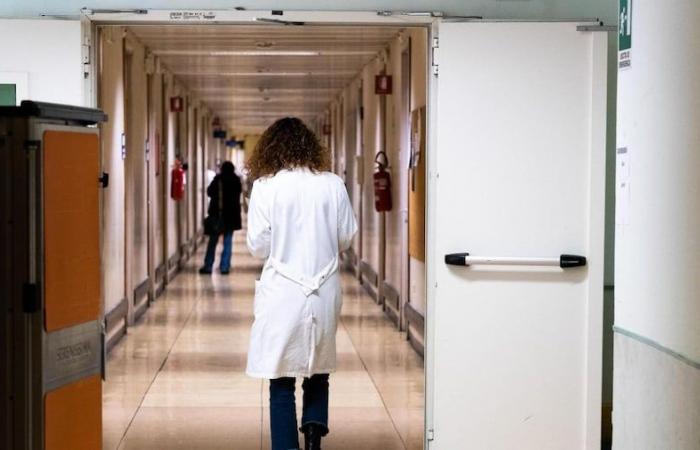Listen to the audio version of the article
There is a sort of “Gothic line” of healthcare that passes under Tuscany and the Marche and splits the country, condemning over 26 million Italians to receive inadequate care with 7.5 million – all from the South between Sicily, Molise, Basilicata and Calabria – which were even forced to rely on “highly insufficient” healthcare services. These are impressive numbers in the days in which the debate on the newly approved differentiated autonomy is heating up given that on balance only 55% of Italians live in Regions with satisfactory results for health protection, while for 45% things are not going well. The result emerges from the latest analysis of health protection opportunities in the Regions, conducted by 104 experts grouped by Crea Sanità (Centre for Applied Economic Research in Healthcare) and based on data from 20 indicators.
The Italy of care is divided into three areas
The measurement of regional performance in healthcare is not limited to the evaluation of health and economic aspects, but also analyzes the social and equity aspects of care and was carried out on the basis of 20 indicators (with data and numbers collected from the main healthcare databases) divided into five areas: equity, appropriateness, outcomes, innovation, economic-financial and social. The performance index ranges from 0 to 100% with 45% considered the minimum threshold for sufficiency. What emerges? That Veneto, Piedmont, Bolzano and Tuscany (over 13.3 million inhabitants) are “promoted” with overall levels of health protection better than the others and with a performance index that exceeds 50% of the maximum level (60%, 55%, 54% and 53% respectively ). Friuli-Venezia Giulia, Trento, Emilia-Romagna, Liguria, Valle d’Aosta, Marche and Lombardy (19.3 million inhabitants) promoted, but with sufficiency: they reach performance levels between 45 and 49 percent. “Postponed” with levels between 37 and 44% Sardinia, Campania, Lazio, Umbria, Abruzzo and Puglia (approximately 18.9 million inhabitants). Highly insufficient (performance level below 35%) Sicily, Molise, Basilicata and Calabria (about 7.5 million inhabitants). However, it should be noted that looking at the last 5 years, the performance of the South has clearly improved, but its indices still remain very low.
PERFORMANCE INDEX
Loading…
The mechanism for monitoring differentiated autonomy
The experts at Crea (for which researchers and university professors work in the fields of economics, law, epidemiology, biomedical engineering and medical statistics) then created a ‘dynamic’ monitoring system to try to also monitor the effects from North to South of differentiated autonomy in healthcare, based on a subgroup of specifically selected performance indicators. Monitoring will be fully operational as soon as this, as required by the approved law, is granted to one or more Regions. In the first phase of implementation, however, the dynamics on ten indicators chosen by the Panel of experts in groups of Regions were calculated and then compared, for the period 2017-2022: the group of Regions and Provinces or those with special status (Sicily, Sardinia, Valle d’Aosta, Friuli-Venezia Giulia and Trentino-Alto Adige with Trento and Bolzano) towards the others, those in the Recovery Plan i.e. with the accounts in the red in the Healthcare sector (Abruzzo, Calabria, Campania, Lazio, Molise, Puglia, Sicily ) always towards the others and that of the Regions that requested differentiated autonomy in 2017 (Lombardy, Veneto, Emilia Romagna), once again towards the others.
The first results in the comparison between the Regions
The first results were aggregated into “cumulative” areas of improvement and worsening, weighted with the weights attributed to the indicators by the Panel of experts, and were summarized, for each group of Regions proposed for comparison, in a numerical index: (Index Weighted Synthetic, Isp) with the value “0” indicating an overall compensation between the regional improvements and worsening, the value “1” an improvement for all the Regions of the group and “-1” their worsening. In the first comparison which concerns Regions and Provinces with special statute, the Isp is 0.38 and 0.40 for the others. Therefore, in the period 2017-2022 for them the dynamics were (slightly) worse than in the other group. In the second comparison, the Regions in the Recovery Plan recorded an ISP Index equal to 0.44, compared to 0.37 for the others, thus showing that they fared better than the others. Finally, in the third comparison, the Regions that requested differentiated autonomy recorded an ISP index equal to 0.36 compared to 0.40 for the others.







